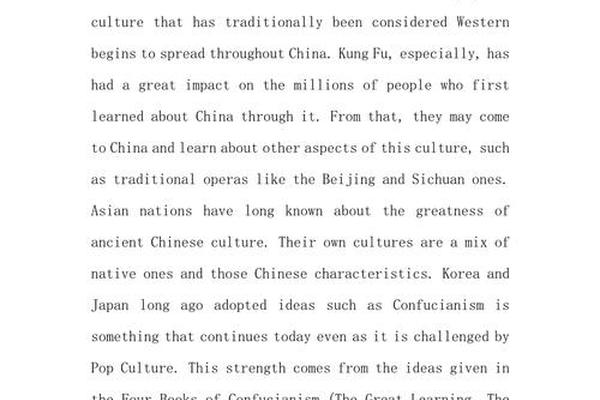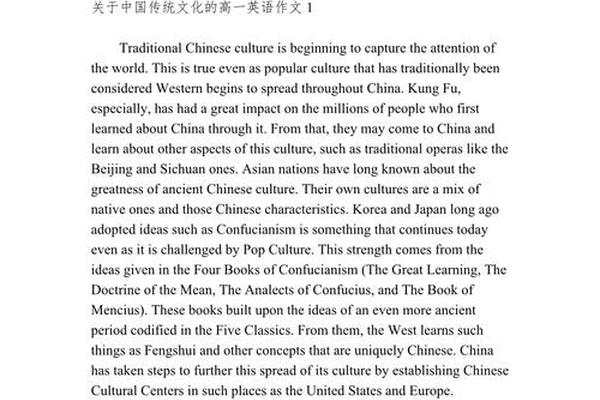Traditional Chinese Art: A Cultural Treasure
Chinese traditional art, with a history spanning over 5,000 years, reflects the profound wisdom and aesthetic values of Chinese civilization. From shadow puppetry to calligraphy, these art forms not only embody cultural identity but also serve as bridges connecting the past and present. Here is an exploration of some representative examples:
1. Shadow Play (皮影戏)

Shadow play, one of the oldest folk arts in China, dates back to the Han Dynasty (206 BCE–220 CE). According to legend, Emperor Wu’s grief over his deceased concubine inspired a minister to create moving shadow figures using cowhide, which later evolved into a popular storytelling medium. Performers manipulate intricately carved leather puppets behind a lit screen, accompanied by music and dialogue. Historically used in rituals to ward off evil spirits, shadow plays were performed at temple fairs, weddings, and funerals. Recognized by UNESCO as an Intangible Cultural Heritage, this art form also influenced the development of modern cinema through its use of light and motion.

2. Paper Cutting (剪纸)
Paper cutting, a symbol of Chinese rural life, originated in the Northern and Southern Dynasties (386–589 CE). Artisans use scissors or knives to create delicate patterns from red paper, often depicting animals, flowers, or auspicious symbols like the lotus (representing purity) and gourds (symbolizing fertility). These cuttings adorn windows and doors during festivals such as the Spring Festival, enhancing festive atmospheres and conveying wishes for good fortune. Regional styles vary: Shaanxi’s bold designs contrast with the refined craftsmanship of southern provinces.
3. Calligraphy (书法) and Ink Painting (国画)
Calligraphy, revered as the "art of writing," transcends mere text to express the writer’s spirit. Using brushes, ink, and rice paper, calligraphers create strokes that balance strength and grace, embodying Confucian ideals of harmony. Similarly, Chinese ink painting emphasizes spiritual resonance over realism. Landscape paintings from the Song Dynasty (960–1279 CE) metaphorized nature as a well-ordered society, while Yuan Dynasty artists infused personal emotions into "mind landscapes". Both arts remain central to China’s cultural identity.
4. Embroidery (刺绣)
Chinese embroidery, exemplified by styles like Suzhou’s "Suxiu," showcases meticulous craftsmanship. Silk threads are stitched into fabrics to depict scenes from nature or mythology. Historically, embroidery symbolized social status and was used in royal garments. Today, it is both a cultural heritage and a luxury art form.
Challenges and Preservation
Despite their beauty, many traditional arts face decline due to modernization. For instance, young generations prioritize digital entertainment over shadow plays. However, efforts are underway: UNESCO recognition, government policies (e.g., designating traditional festivals), and educational programs aim to revive these arts. As the philosopher Feng Youlan noted, "A nation’s art is the soul of its culture." Protecting traditions like paper cutting and calligraphy is essential to preserving China’s cultural soul.
Vocabulary Highlights
References
History and cultural significance of shadow play.
Calligraphy and ink painting’s philosophical roots.
Paper cutting techniques and symbolism.
Modern challenges and preservation efforts.
此作文可结合具体目调整内容,例如增加个人经历或聚焦某一艺术形式。更多案例可参考历年高考英语作文题。


